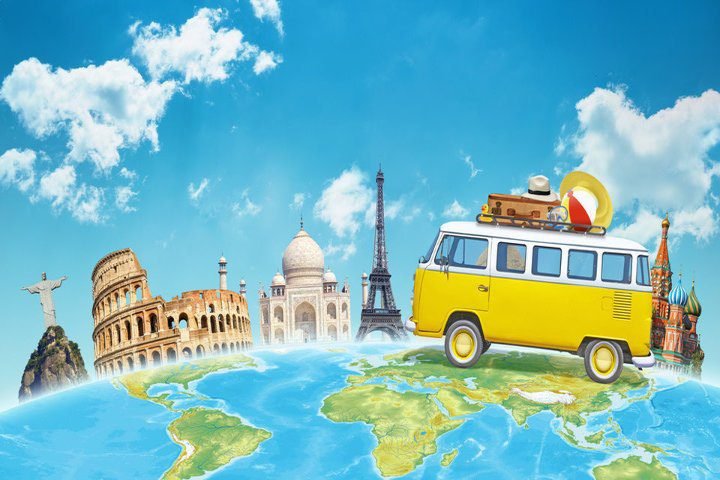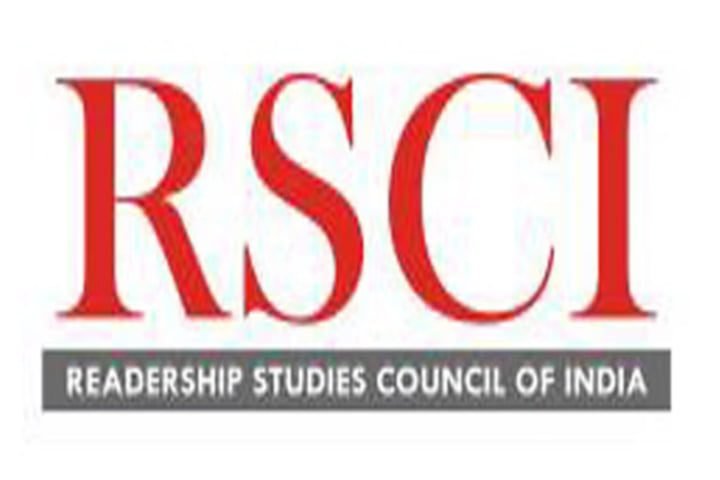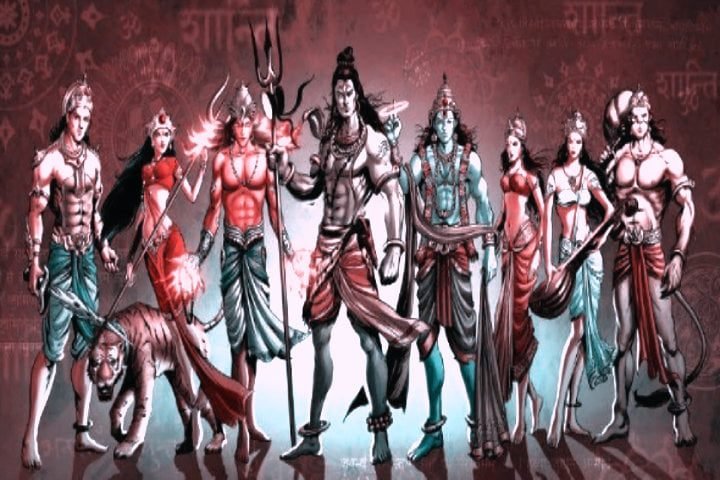The Engagement of India and the World
India is a country that is rich in history and cultural diversity, and it has a relationship with the rest of the world that is both profound and nuanced. Through its interactions with a wide range of civilizations, India has left an indelible mark on the fabric of world history, from ancient to modern times.
In This Article
India and West
For a long time, there have been contacts between the West and India.
The Greeks were some of the first people who became interested in writing stories; they often called them histories about where they went and what they saw. A famous man called Herodotus wrote an account of India around the 5th century BC.
He describes India as a country characterized by being densely populated, complete with people who speak many languages, having many different religious traditions, and being fabulously wealthy.
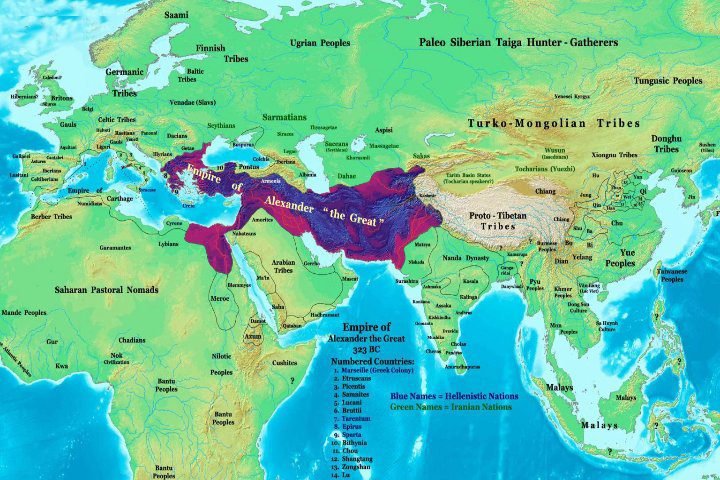
Alexander the Great tried to conquer as far as India out of fascination, but when he arrived at the shores of the Indus River, he had reached the limit of what he could do.
Origin of the Word ‘India’
Though ‘India’ is an English word, it has been borrowed from the Greeks. Greek culture got as far as the river Indus and established that the people living around the river Indus must be Indians.
However, the word Indus comes from the Sanskrit word ‘Sindhu’, the very word for the river itself. So, we find a Sanskrit word at the foundation of India.
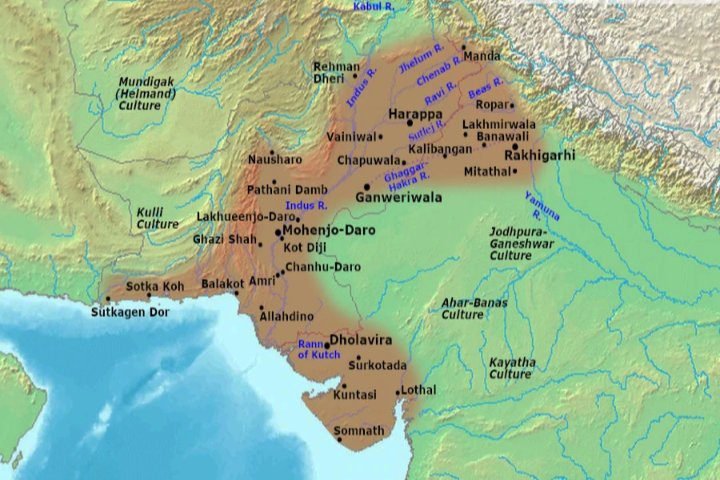
Another word for India, sometimes used in English and in India and Pakistan, is Hindustan. This word contains two elements: the word ‘stan’, which means ‘place’ both in Sanskrit and in Persian, and the word ‘Hindu’, which again relates to this notion of the river, the place in which Indians live.
India and East
In the 5th to 7th centuries, several Chinese pilgrims reached India and left very extensive written accounts of what they saw.
When pilgrims like ‘Hsuan Tsang’ traveled to India, they believed that India was the birthplace of Buddhism, the religion they followed.
They hoped to gather accurate information about Buddhist practices and to describe the land that once flourished with Buddhism, and that still continued to do so during their time of visit.
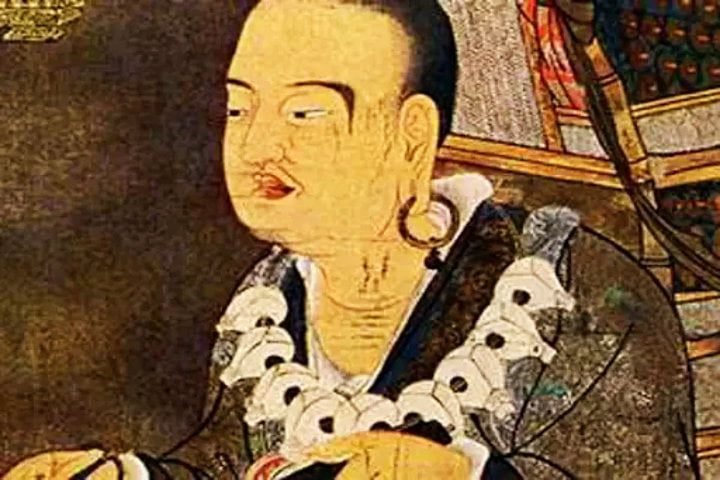
Hsuan Tsang describes India in glowing terms and very vividly. When he arrived, local Indians informed him that the name of India was “Matri-Desha,” a Sanskrit term that means the central country.
He was somewhat surprised because the Chinese believe that they live in the middle of the world, and the Indians also believe that they live in the middle of the world.
India and the Middle East (Arabs)
Arabs visited India between the 10th and 13th centuries. There are two sorts of Arab accounts of India.
The earliest accounts, which date from around the time of the beginnings of Islam, describe India as a sort of place far away from the Arabian Peninsula and full of many cultures, languages, and religious traditions.
A second set of accounts begins to be written from when Central Asian communities started to move into north India. People such as Mahmud Ghazni and Al Beruni, a man who was originally from central Asia from Turkmenistan, Uzbekistan, and who describes India in terms that are somewhat different because he wants to glorify perhaps the claims of those whom he is working for as they were conquering India.
Al-Beruni was the first Muslim scholar to study India and its Brahmanical tradition. He is called the father of Indology and the first anthropologist. He also wrote a monograph on Indian culture, Kitab al-Hind.
India and Europe
By the 17th century, European travellers had started exploring Asia. One such remarkable traveller was ‘Thomas Coryate’ at the court of James the First. He walked from Jerusalem to Agra and from Israel to India overland.
Once he got to India, he wrote a letter to his countrymen in Britain, published in 1616. It says: “Thomas Coryate, traveller, for the English wits and the good knights of this kingdom to all his inferior countrymen, Greeting! Especially to the serenical gentlemen that meet the first Friday of every month at “The Mermaid” in Bread Street.”
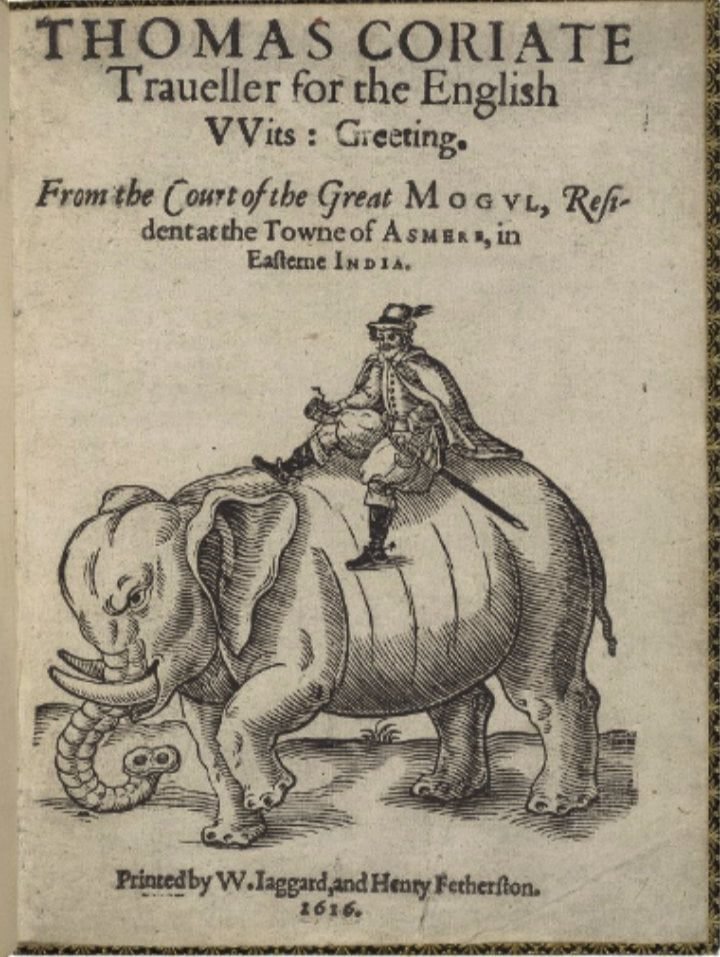
He was very proud of the fact that he had ridden an elephant. A European engraver’s gorgeous engraving of Coryate riding an elephant appeared in his letter.
He also wrote about a land with a huge population, vast wealth, and spiritual traditions very different from his own country.
Banarasidas Jain wrote the first autobiography in Hindi, about his memories of the day Akbar passed away.
From this period onwards, direct glimpses into Indian concepts of what India is, written by Indians as biographical texts, were made available.
Since Banarasidas Jain, the writing trade has been a central feature of India, both with other parts of the world and within itself. Until the 7th century, India was also the world’s only source of diamonds and a major source of gold, so it was immensely rich and known for that.
The other thing India was associated with was ‘spices’, mainly pepper, which is native to India because, before the trade with India began, foods perhaps just had salt in them.
India’s geographical setting and capacity to produce tropical plants unavailable in Europe were also very important trade goods. Cotton is a tropical crop and only grows in hot countries. Besides cotton, the dyes are all basically tropical plants.
So, a red dye is the juice of a particular tree. Oranges and yellows are made from saffron or tamarind. Indigo produces a deep purple; all are tropical plants.

One of the facts from the written accounts of travellers like ‘Thomas Coryate’ is that they see India as wealthy as the West or, in many cases, more wealthy than the West in the pre-colonial era.
In the 17th century, the world’s wealthiest and most magnificent city was Lahore, which is now in Pakistan but was part of the Mughal Kingdom and ruled by the wealthiest rulers in the world, the Mughals.
European powers gradually took over aspects of Indian trade, taxation, commerce, and governance. By that time, European writers started to write about India in new ways to somehow justify European powers taking India over. So they described it as badly governed and chaotic and suggested that foreign powers come in to help India to sort out its problems.
This Western model divides the history of India essentially into three periods.
- Ancient period
- Islamic period
- European period
This is a very unrealistic picture of India, although it does contain helpful information but misrepresented facts because it’s put together in ways that were designed to be for essentially an unsympathetic audience, mainly in Western countries.
In the middle of the 18th century, the first Sanskrit works began to be translated into European languages. Works like the Bhagwat Gita, one of the foundational texts of Hinduism, and dramas like Shakuntla were also translated into many European languages at this stage.
At that time, the growth of German nationalism, the search for German roots, and the search for European roots were also taking place in Europe.
The search for European roots involved engagement with India and Indian literature. India became known in the West as a place of enormous literary and cultural achievement.
Indian Diaspora
As Western countries delved into Indian traditions, a reciprocal inspiration emerged. Europe’s engagement with Indian traditions and Indian texts inspired Indians to make their own traditions more accessible to people in the West.
Some known and respected figures who took this work seriously were Raja Ram Mohan Roy and Vivekananda.
In 1893, Vivekananda sailed from India to Chicago to attend a world conference on religions and made a huge impact on Western understandings of Indian spiritual traditions like yoga and others.
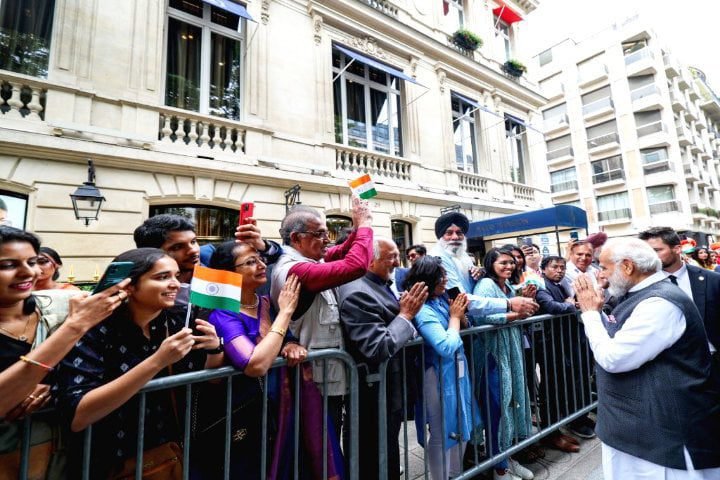
From ancient times to the present day, Indians have ventured far and wide, establishing connections and leaving their mark on different parts of the world.
Whether through trade routes, migration, or cultural exchanges, India’s influence can be seen in various aspects, such as language, religion, cuisine, art, and philosophy. The Indian diaspora has been crucial in shaping societies and economies worldwide.
By the late 19th century, the Indian Diaspora had begun in various ways. Indians had started travelling around the world for different purposes, which has continued to date.
Recently, Indians have migrated to different countries for better opportunities or as part of global workforce movements. The Indian diaspora has excelled in various fields, such as technology, medicine, academia, business, politics, and entertainment. Their achievements have not only brought recognition to individuals but also enhanced India’s reputation on the global stage.
Furthermore, Indians abroad have maintained strong ties with their homeland through cultural festivals, community organizations, philanthropic activities, and diplomatic engagements.
These connections foster a sense of unity among Indians worldwide while promoting cross-cultural understanding between India and other nations.
As per the data available on the Ministry of External Affairs India website detailing the population of overseas Indians, as of October 2023, 13601780 non-resident Indians (NRIs) and 18683645 persons of Indian origin (PIOs) make up a strong Indian diaspora.
India’s relationship with the rest of the world is like an odyssey—a trip that goes beyond geography and embraces different cultures. India has left a deep and lasting mark on the world stage, from ancient trade lines to the modern diaspora.
With its wisdom, diversity, and strong spirit, India’s story is a vibrant chapter in the story of human culture.

